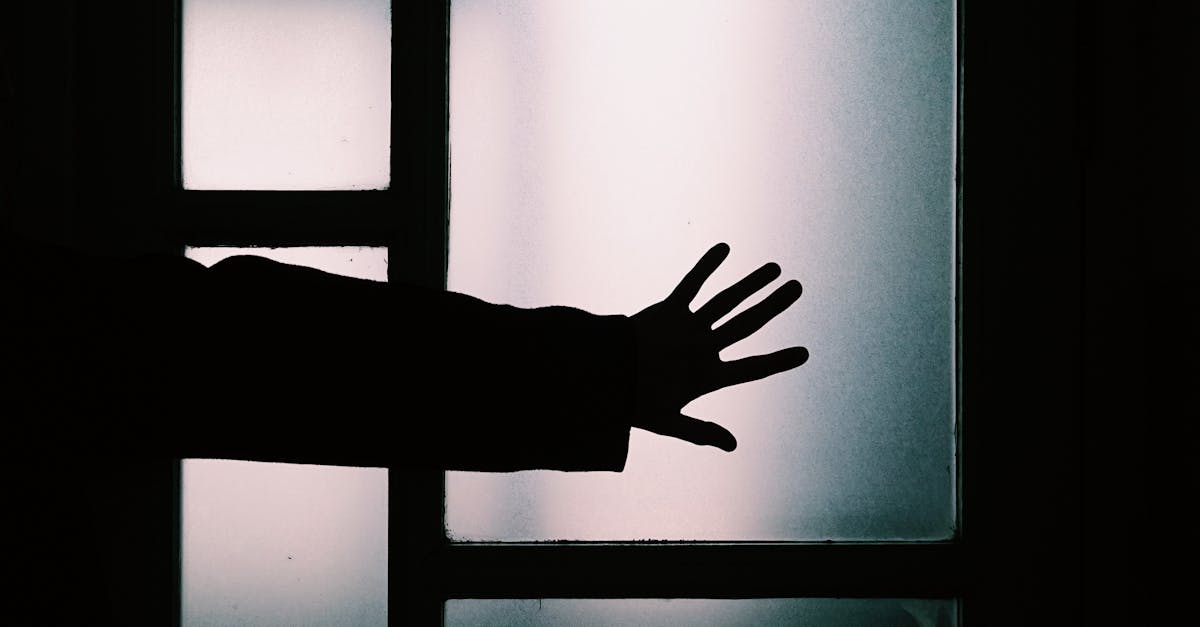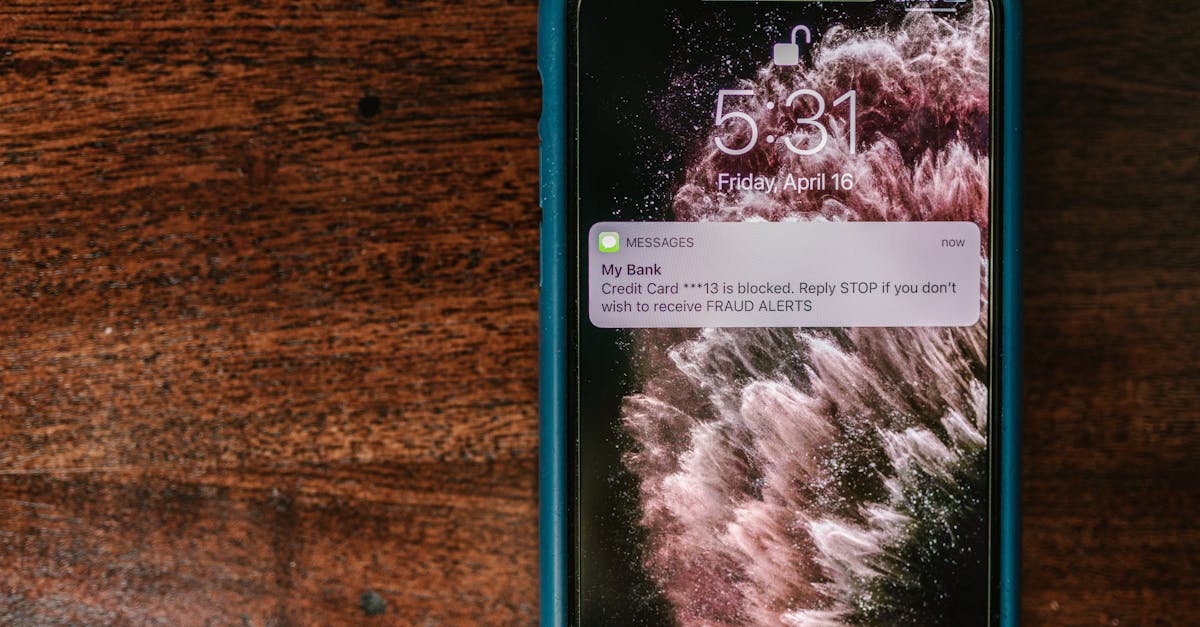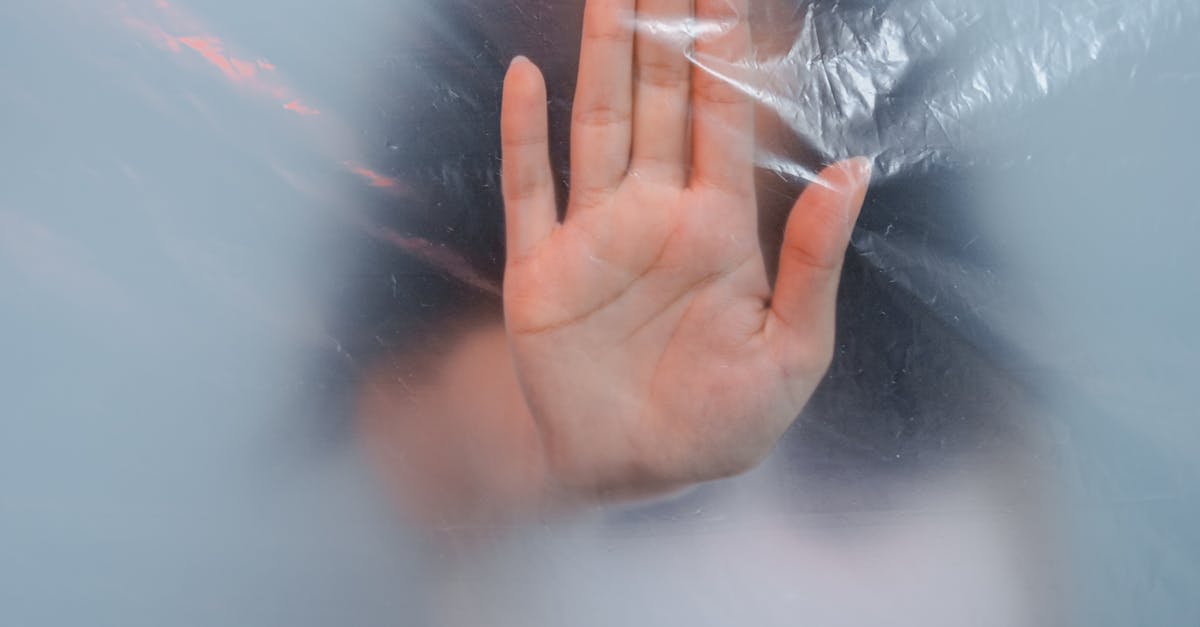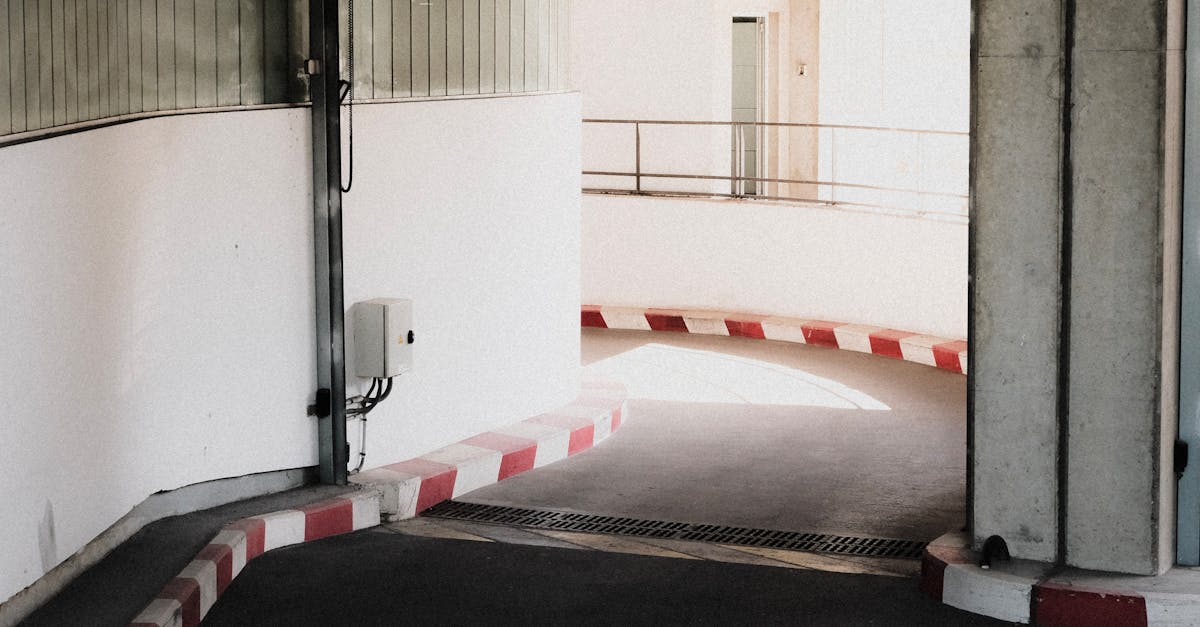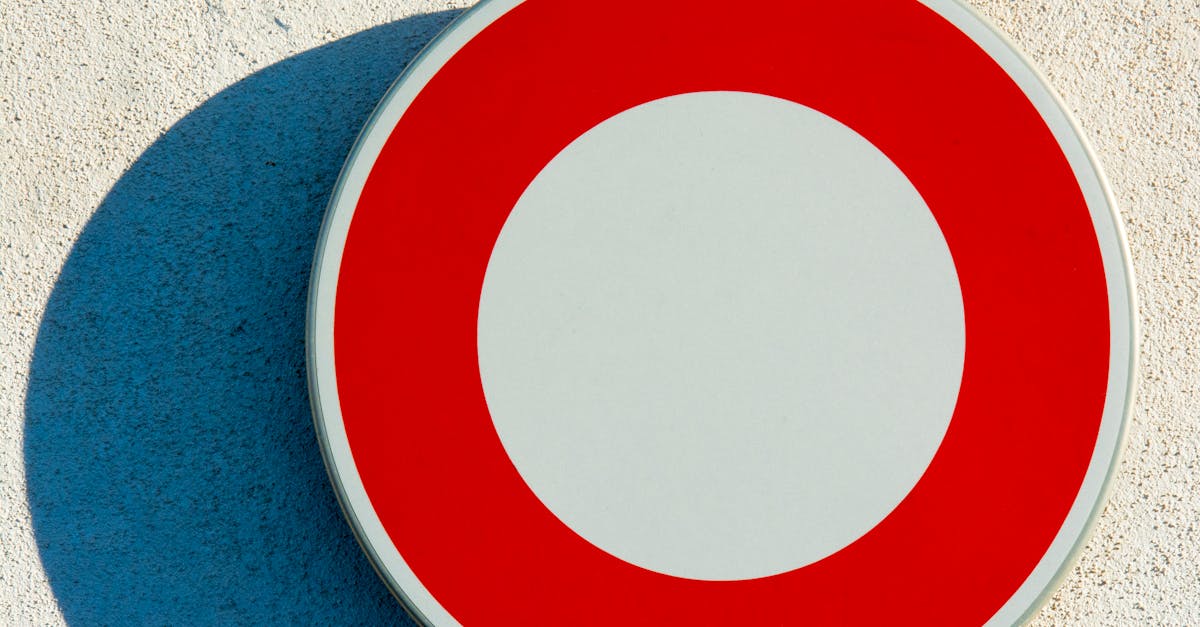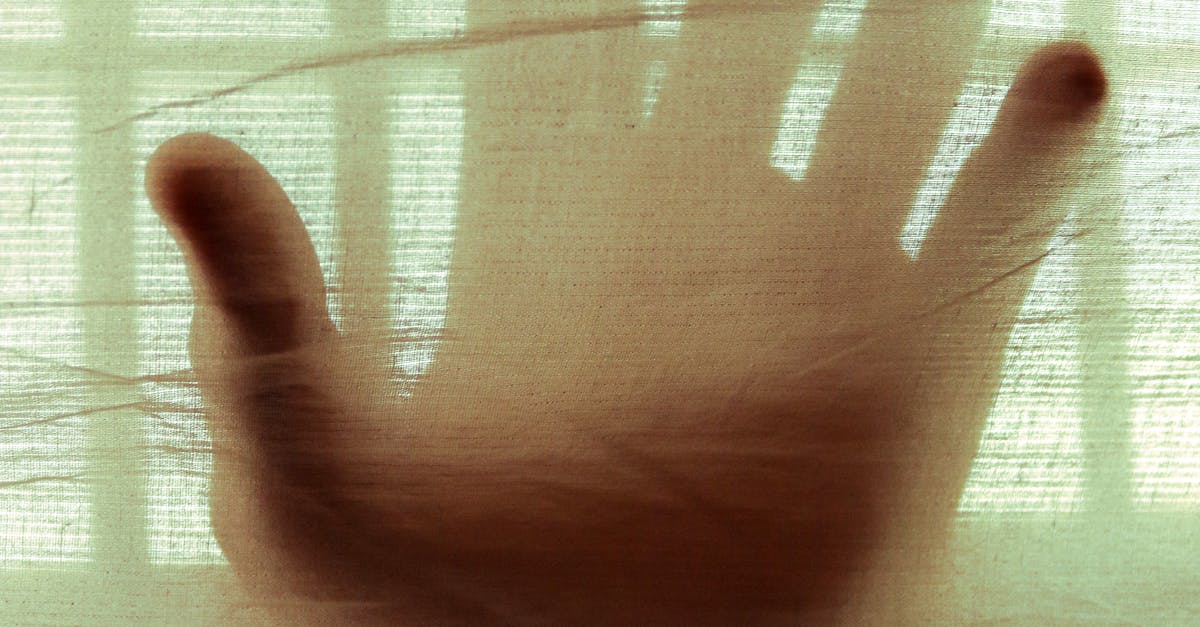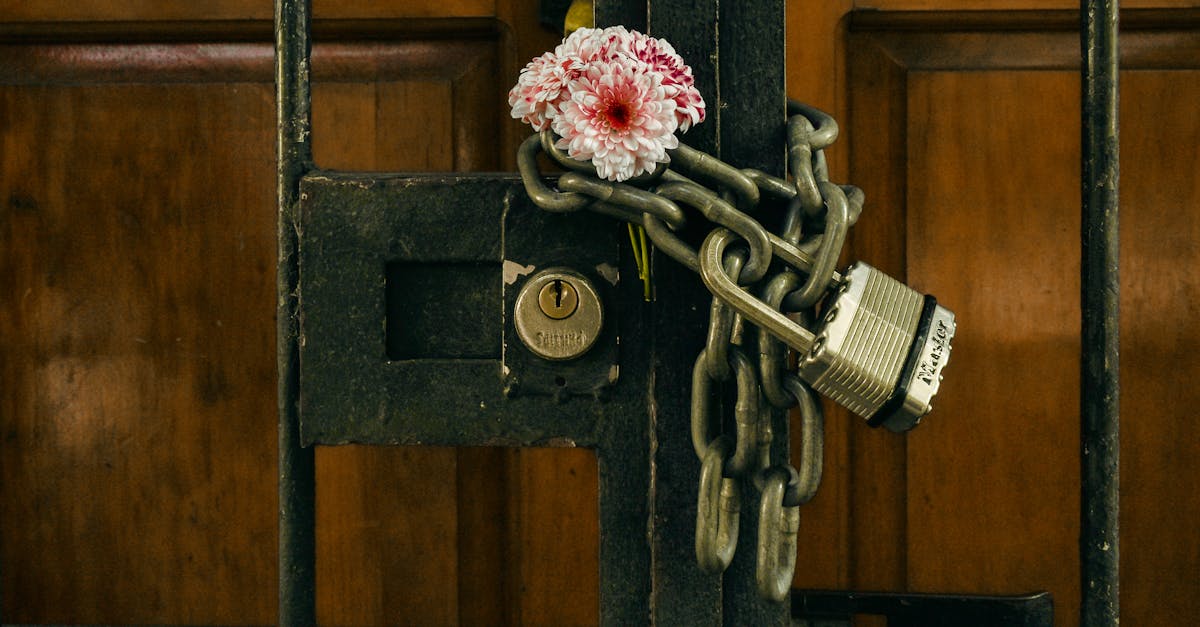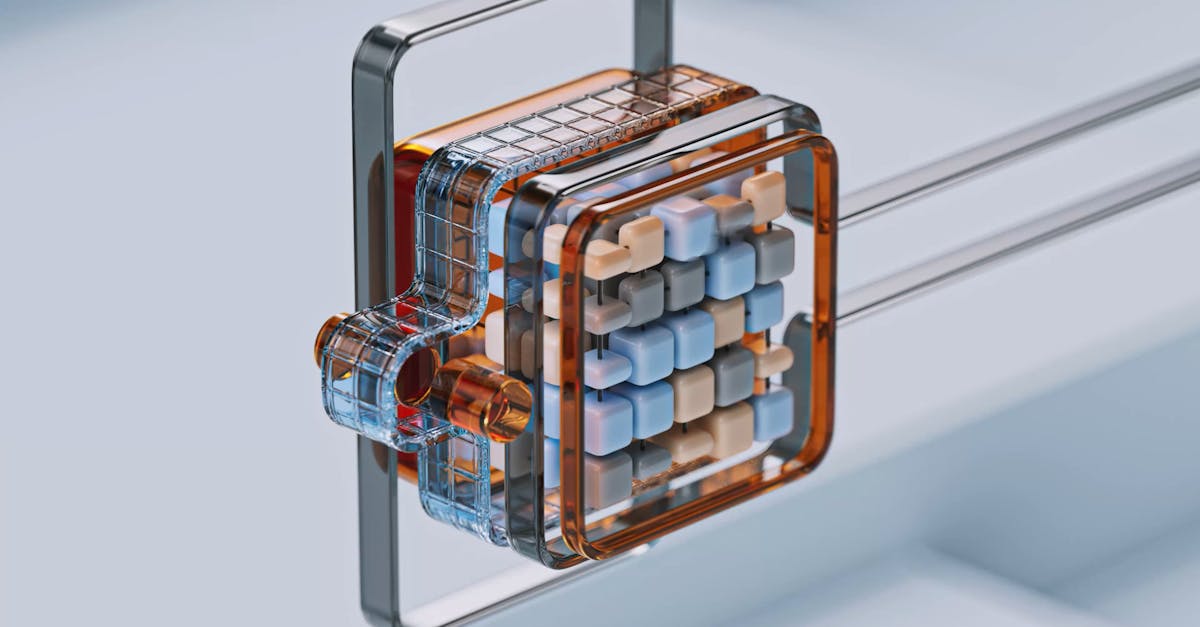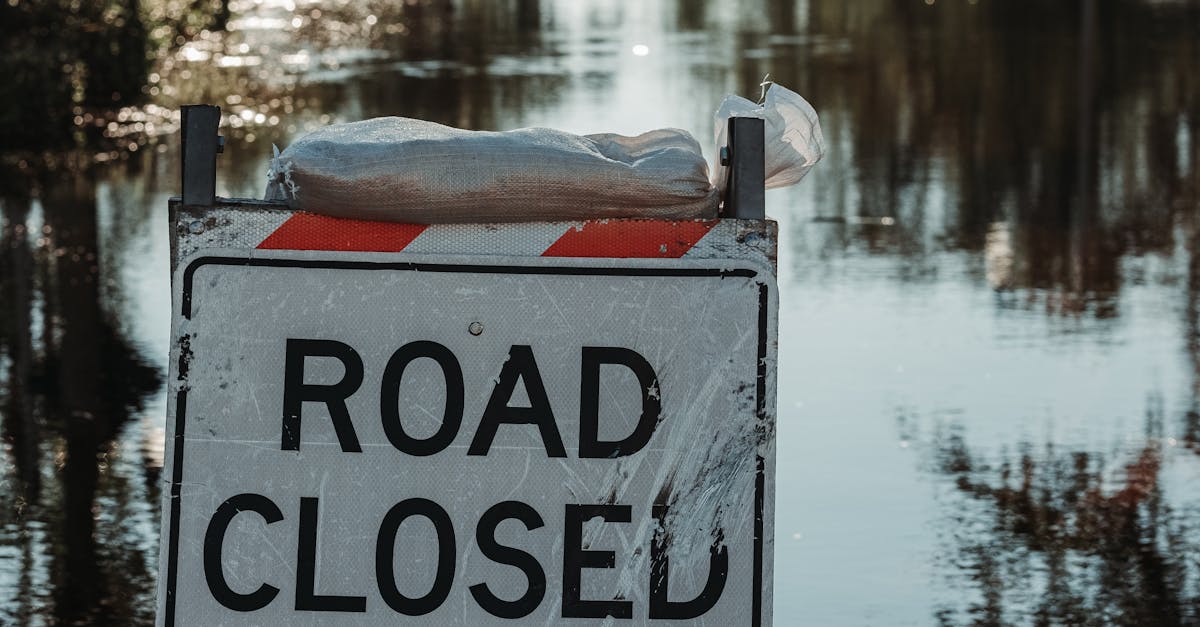
Table Of Contents
Applying Epoxy Putty
Epoxy putty serves as a practical solution for anyone facing a leak or crack in their pipes. This versatile material is easy to apply and forms a strong bond when cured. It is particularly effective for a burst pipe repair, as it can fill gaps and create a waterproof seal. The putty adheres to various pipe materials, including plastic, metal, and PVC, making it a popular choice among DIY enthusiasts and professionals alike.
Before applying the epoxy putty, it is essential to clean the damaged area thoroughly to remove any dirt, grease, or moisture. Mixing the putty according to the manufacturer's instructions is crucial for achieving the best results. Once the putty is ready, it can be pressed directly onto the damaged section. Allow sufficient time for the epoxy to cure fully, ensuring a durable fix that can withstand pressure and temperature fluctuations.
StepbyStep Application Guide
To begin the application of epoxy putty for a burst pipe repair, ensure that the area around the leak is clean and dry. Use a cloth or rag to wipe away any moisture, grease, or debris from the pipe surface. For more stubborn residues, consider using sandpaper to roughen the area slightly. This promotes better adhesion of the putty. Once the surface is prepped, measure out equal parts of the epoxy from the dispenser and knead it together until achieving a uniform color.
After preparing the epoxy putty, press it firmly onto the damaged area of the pipe. Ensure that you cover the leak thoroughly, extending the putty slightly beyond the edges of the crack. Smooth it out with your fingers or a tool for an even application. Allow the putty to cure for the manufacturer’s recommended time before putting the pipe back into service. This simple technique can temporarily seal leaks without the need for a full replacement of the pipe, offering a quick solution for burst pipe repair.
Using Pipe Clamps for Stability
Pipe clamps serve as an effective solution for stabilizing sections of a damaged pipe. When faced with a leaking or cracked pipe, these clamps can provide immediate reinforcement to the affected area. By distributing pressure evenly, they help prevent further damage and minimize leaks until a more permanent solution can be applied. Using simple tools, securing the clamp around the pipe can often be completed quickly, making it a practical choice in emergency situations.
In the context of burst pipe repair, choosing the right size of clamp is essential for achieving a proper fit. A snug fit will ensure that the clamp remains effective in holding the damaged section securely, reducing the chance of movement. It is advisable to inspect the surrounding area for any additional cracks or weaker points that might require attention. By addressing these potential issues with pipe clamps, it is possible to prolong the life of your plumbing system temporarily while holding off on more extensive repairs.
How to Securely Attach a Clamp
To securely attach a pipe clamp, start by ensuring the area around the broken section is clean and dry. Remove any debris or corrosion that may hinder the clamp's effectiveness. Position the clamp around the damaged pipe, ensuring that it fully encircles the area needing support. The clamp should align evenly over the crack or hole, providing maximum contact with the pipe surface.
Next, tighten the screws or bolts on the clamp gradually. This allows for even pressure distribution, which is crucial in preventing further damage. Avoid over-tightening, as this can occasionally lead to additional stress on the pipe. For a burst pipe repair, it's vital that the clamp holds firmly to withstand water pressure, so double-check that it fits snugly and securely before resuming normal use.
Considering Pipe Sleeving
Pipe sleeving is a reliable method for addressing leaks in pipes that may not require complete replacement. This technique involves placing a sleeve over the damaged section of the pipe, effectively encasing the area where the breach has occurred. Sleeves are usually made from durable materials that can withstand pressure and provide additional support to the existing pipe. This approach can be particularly beneficial for older pipes that may be more susceptible to leaks.
When dealing with a burst pipe repair, it’s important to consider the size and material of the existing pipe. A properly sized sleeve will create a tight fit, preventing future leaks and enhancing the overall integrity of the plumbing system. Additionally, evaluating the condition of the surrounding pipe material will help determine if sleeving is a long-term solution or if further repair measures may be needed down the road.
When to Use a Sleeve
Pipe sleeving is often recommended for situations where a small section of the pipe has developed damage or where leaks are present. This method provides a durable solution that can effectively seal the compromised area without the need for extensive repairs. If the pipe has been subjected to corrosion or physical impact, using a sleeve can help reinforce the structural integrity of the existing material. In cases of burst pipe repair, applying a sleeve allows for a quicker fix, minimizing the inconvenience of water loss and potential property damage.
Opting for pipe sleeving is particularly beneficial for older plumbing systems that may be prone to leaks. If the damage is not critical and the overall condition of the pipe remains solid, a sleeve can be a cost-effective solution. It serves to extend the lifespan of the pipe while ensuring a reliable seal. This approach is ideal when looking to avoid the labor and costs associated with full replacement in less severe situations.
FAQS
What are some common methods to fix a broken pipe without replacing it?
Common methods include using epoxy putty, pipe clamps, and pipe sleeving. Each method has its own application process and is suitable for different types of pipe damage.
How does epoxy putty work for fixing pipes?
Epoxy putty is a moldable substance that can be applied to the damaged area of the pipe. Once it cures, it creates a strong bond that seals leaks and reinforces the pipe.
When should I use pipe clamps for a broken pipe?
Pipe clamps are best used for cracks or splits in the pipe. They provide stability and pressure to hold the damaged section together, preventing further leaks.
What is pipe sleeving and when should it be used?
Pipe sleeving involves placing a protective sleeve over the damaged section of the pipe. It's best used for larger areas of damage or when the pipe is at risk of further stress.
Are these repair methods permanent solutions?
While these methods can effectively fix a broken pipe temporarily, they may not be a permanent solution. Regular monitoring is advised, and in some cases, professional replacement might still be necessary.

